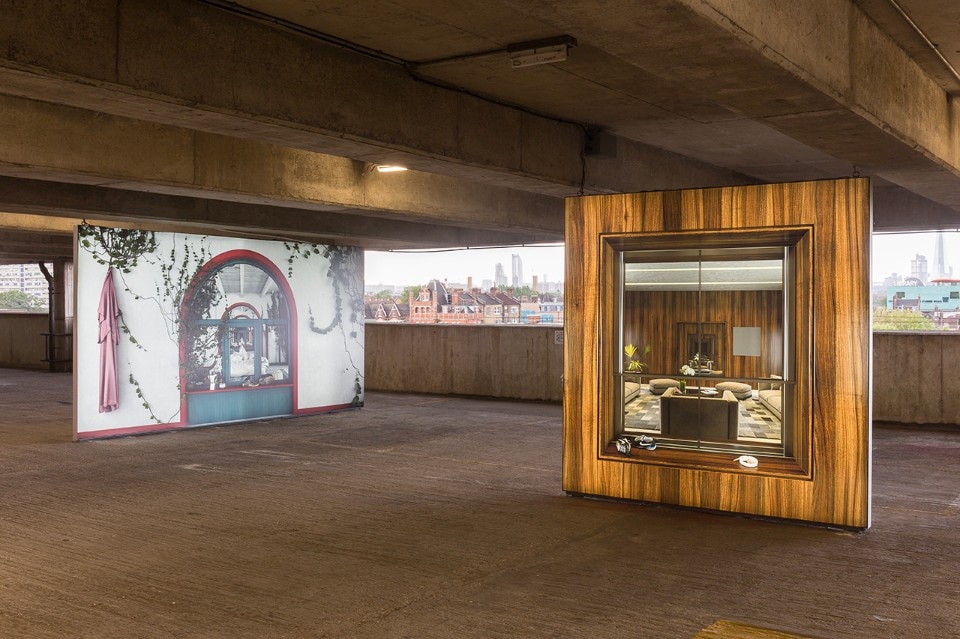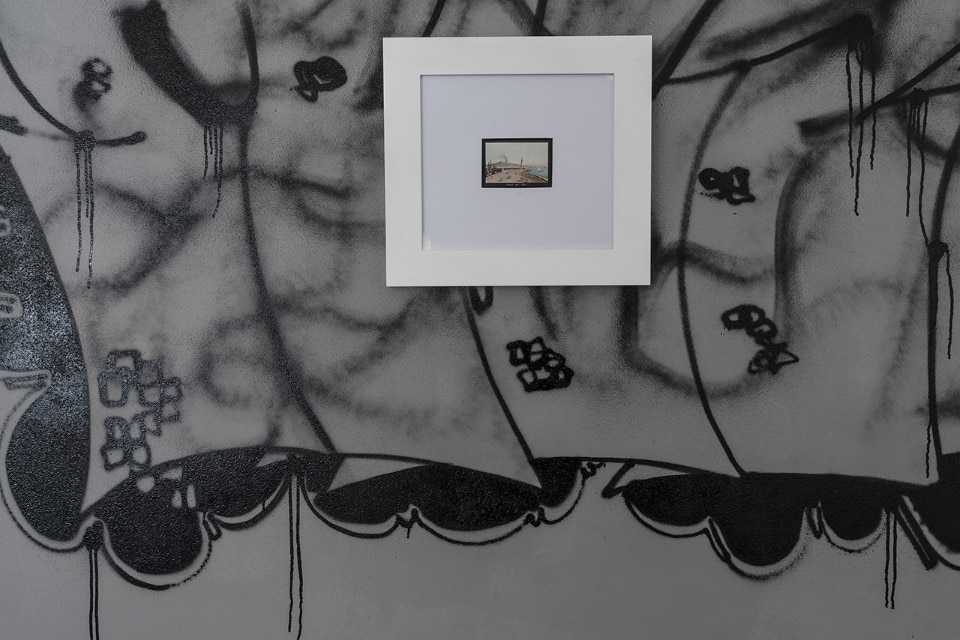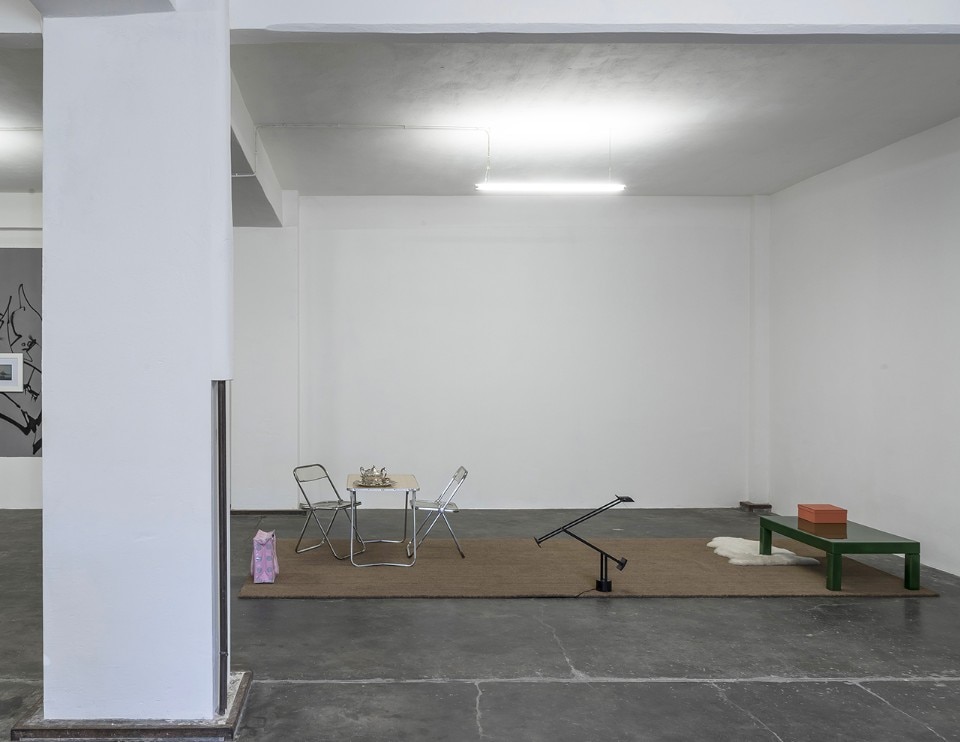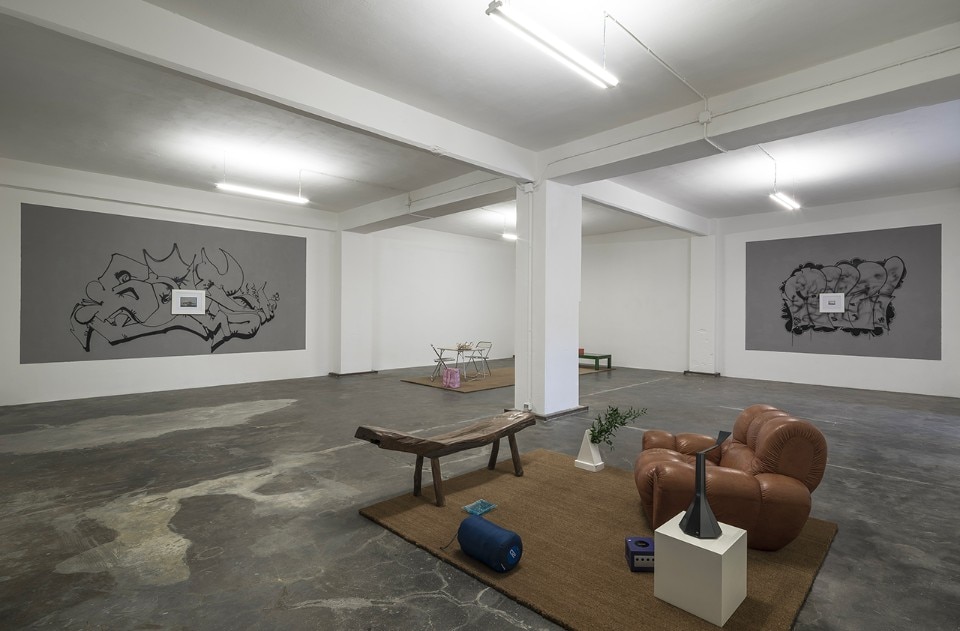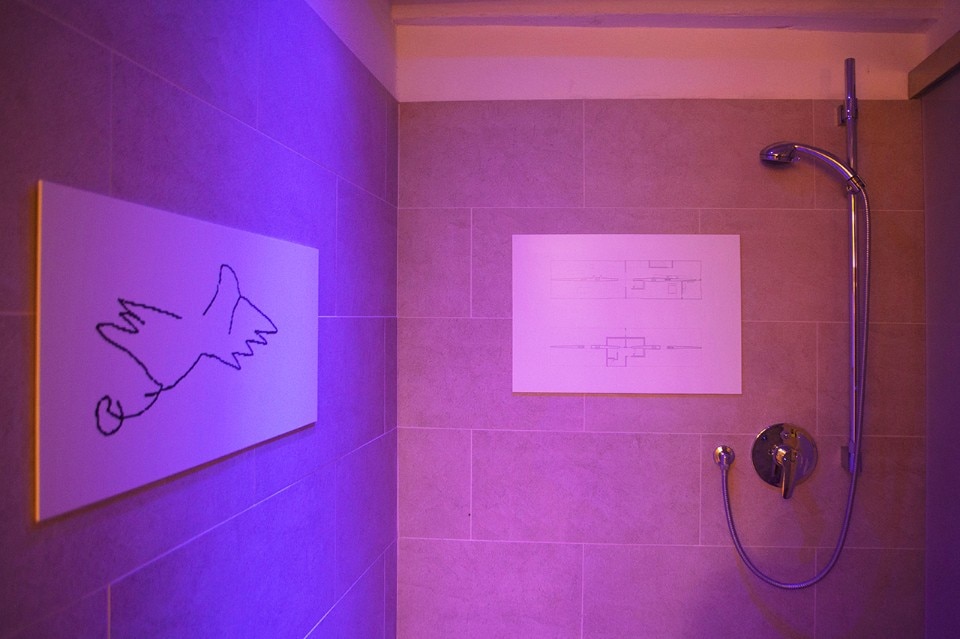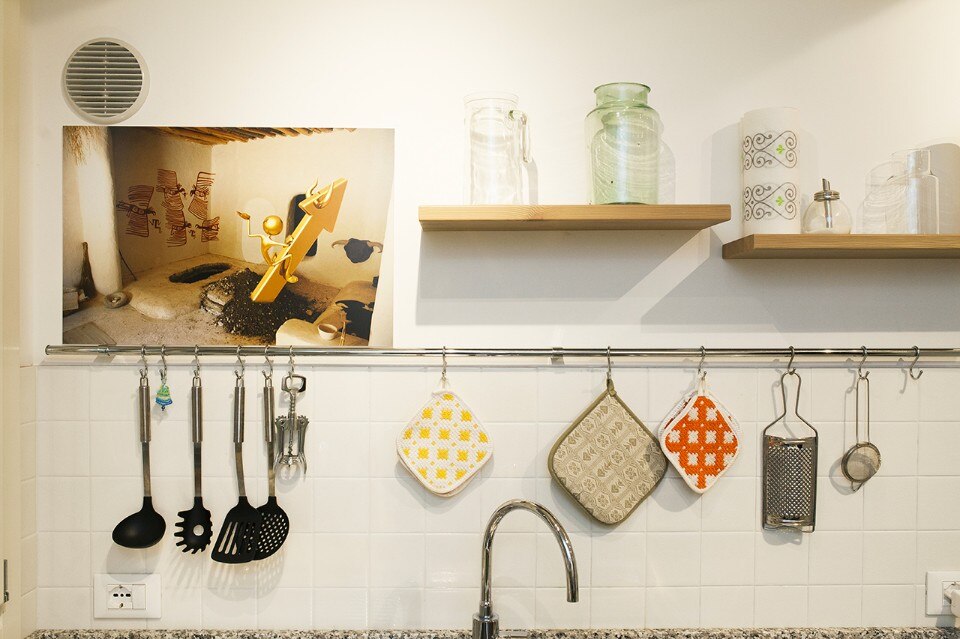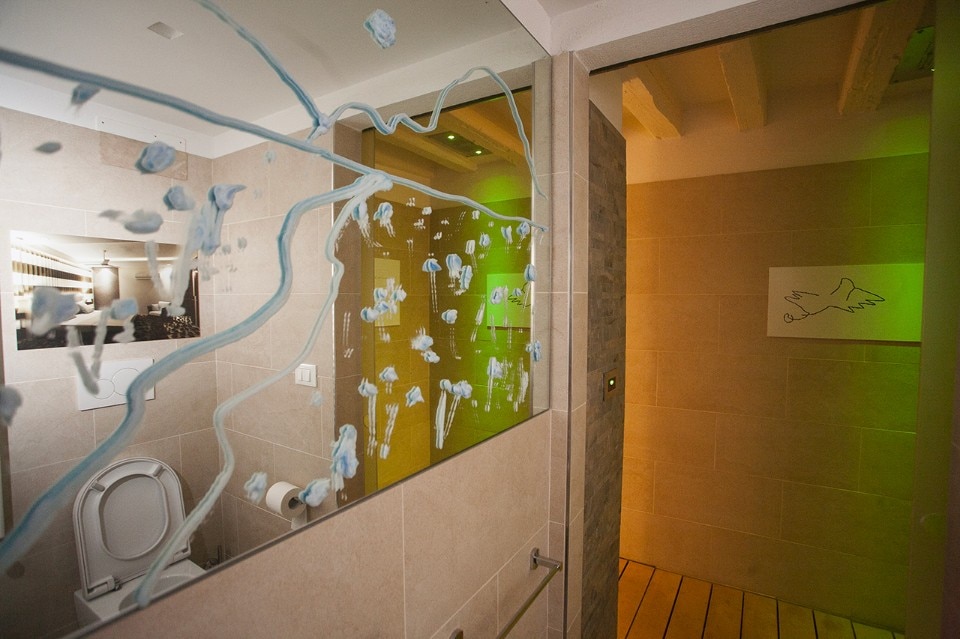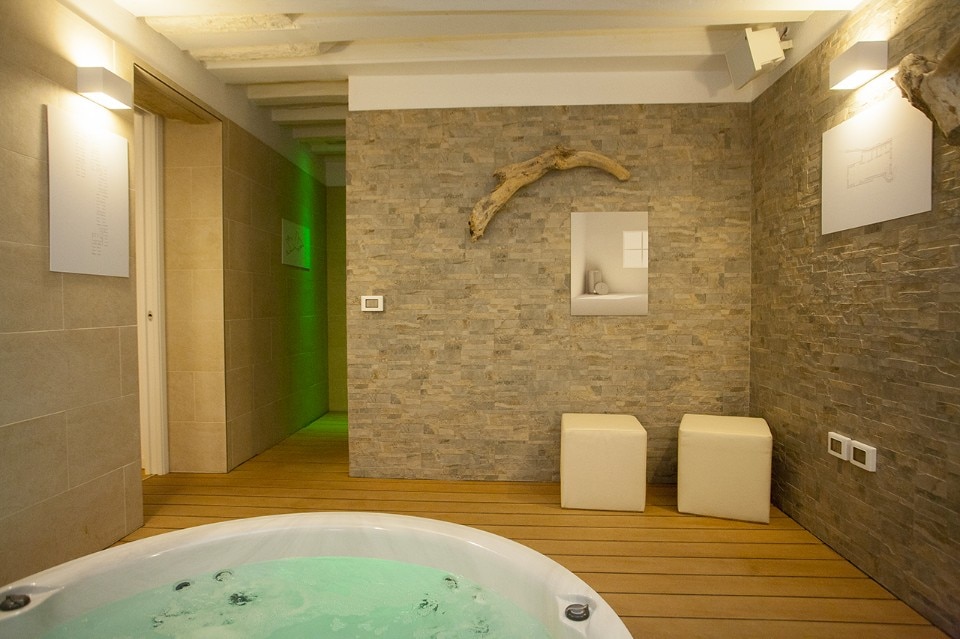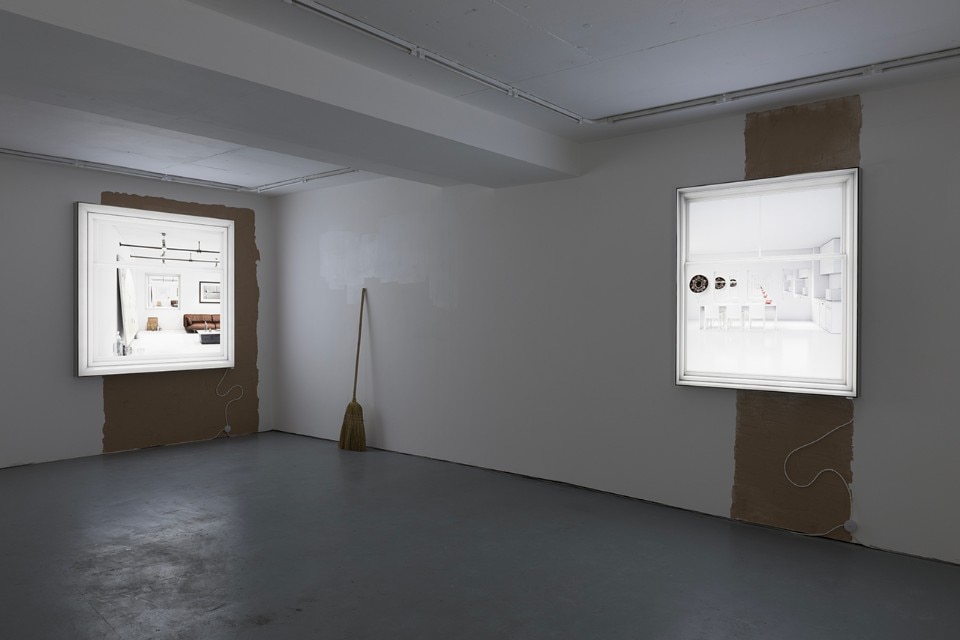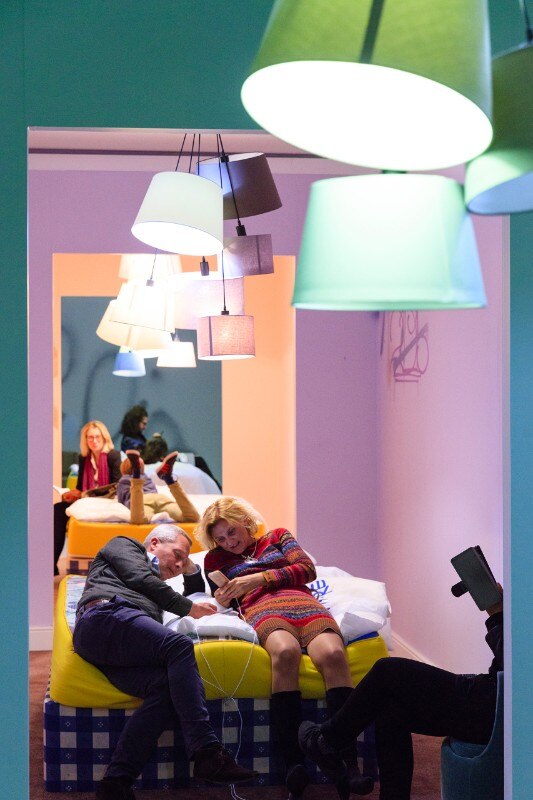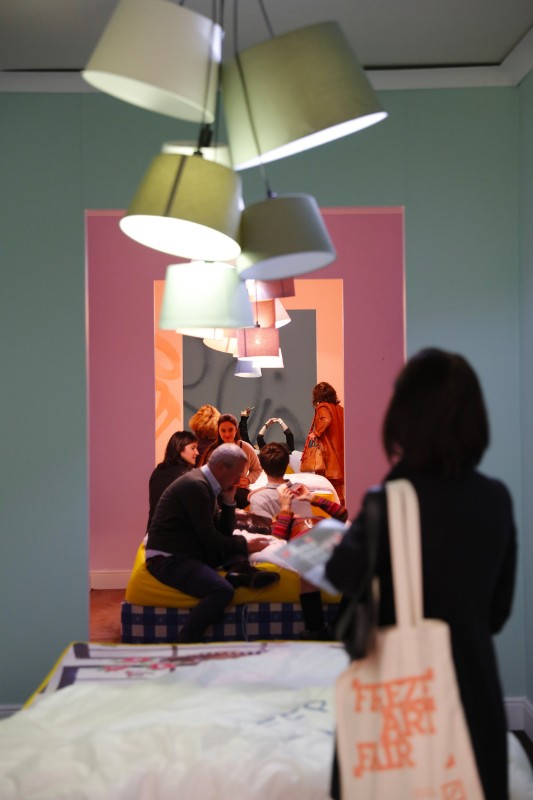åyr is an art collective founded in London in 2014 by Alessandro Bava, Fabrizio Ballabio, Luis Ortega Govela and Octave Perrault. Its work focuses mainly on contemporary forms of domesticity.
You trained as architects but work mainly in the art field. How do you manage to combine these two different interests?
A.B. Our work in art grew out of our rejection of design as a way of composing or solving problems, and the need to focus on ideas and research. The world of architecture, construction and real estate is not very receptive to young practices with an unconventional output, so in a way we had no choice.
I like your definition of personality in high definition, a personality that is all the more definite the more it is divided into individual parts. How does this translate into your work?
A.B. Our collaborative relationship evolves with our lives. We now live in different cities, so our working method has changed a lot since we all lived in London and shared a workspace. Today åyr is more like a research platform. We carry out some projects individually, in pairs, or working with outside agents.
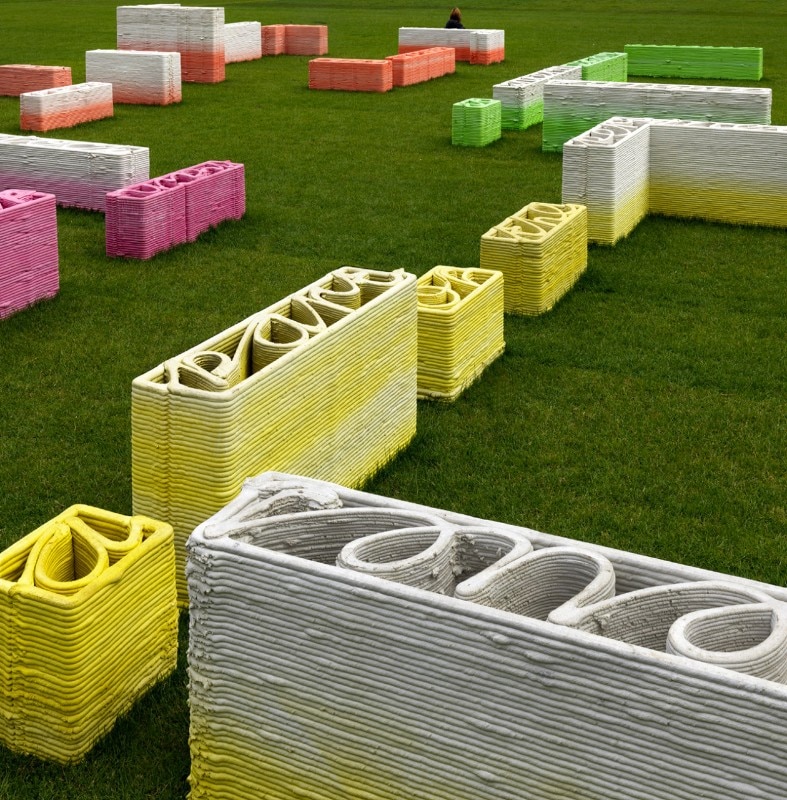
 View gallery
View gallery

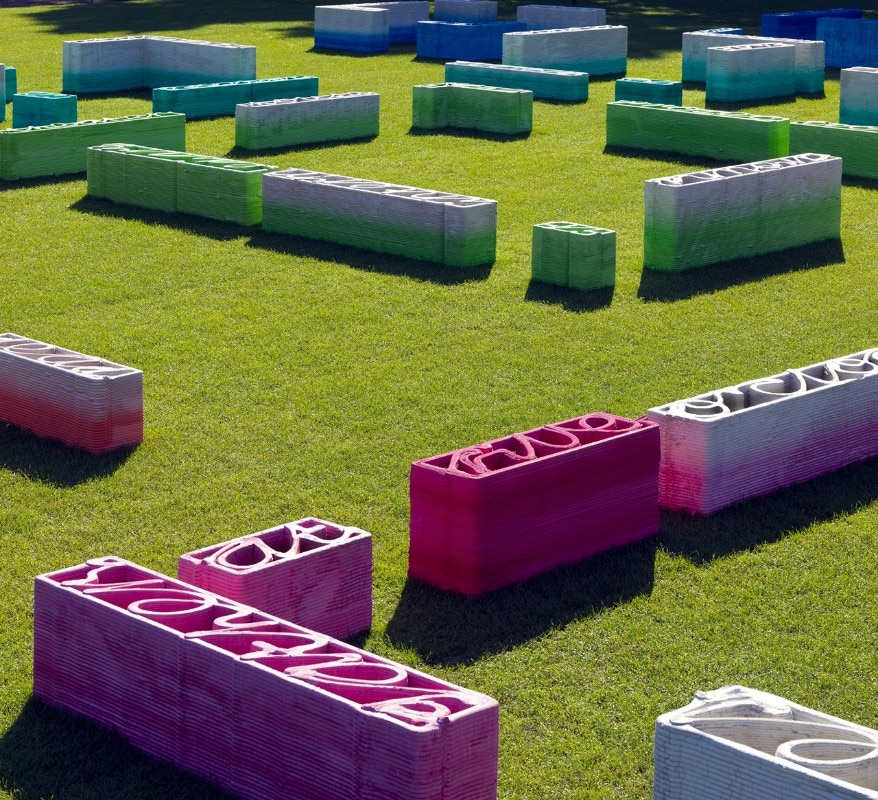
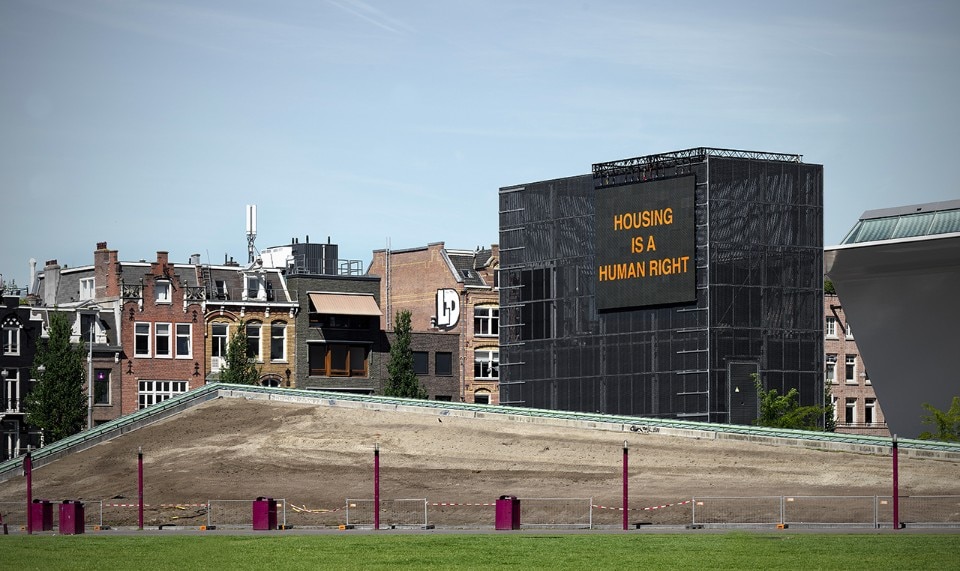
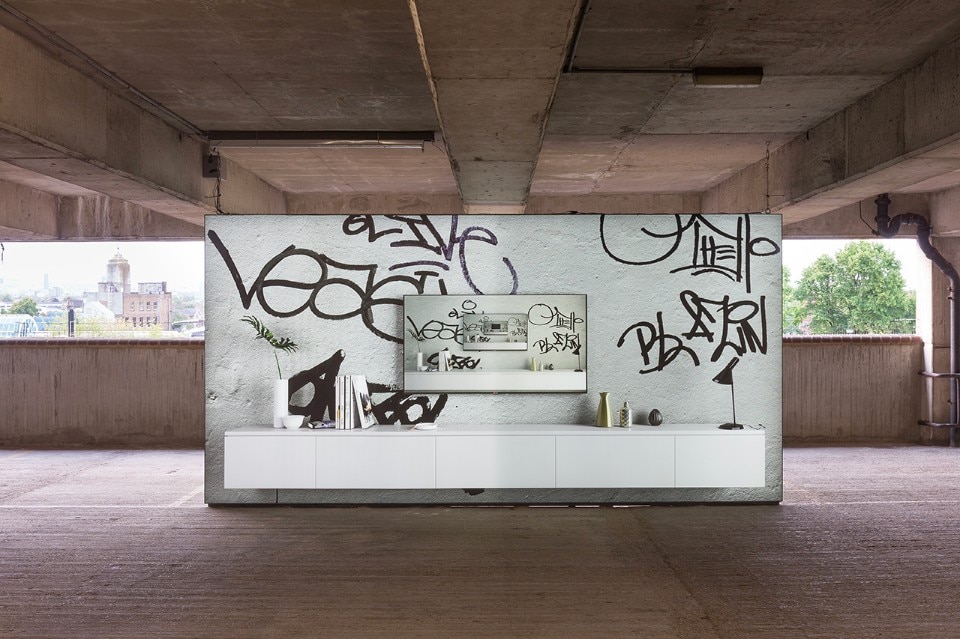
Aspects of Change by AIRBNB Pavilion, Peckham
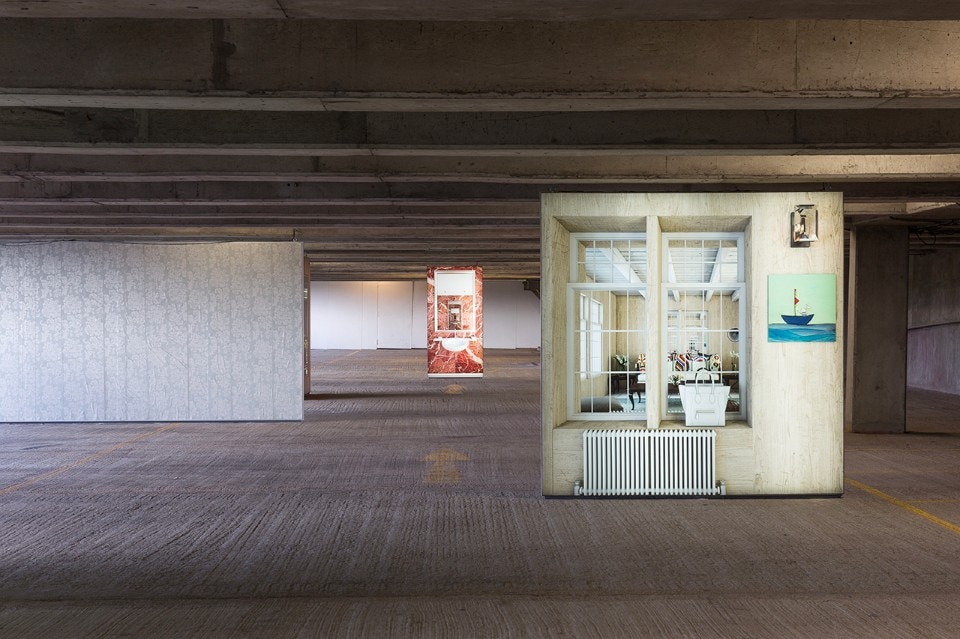
Aspects of Change by AIRBNB Pavilion, Peckham
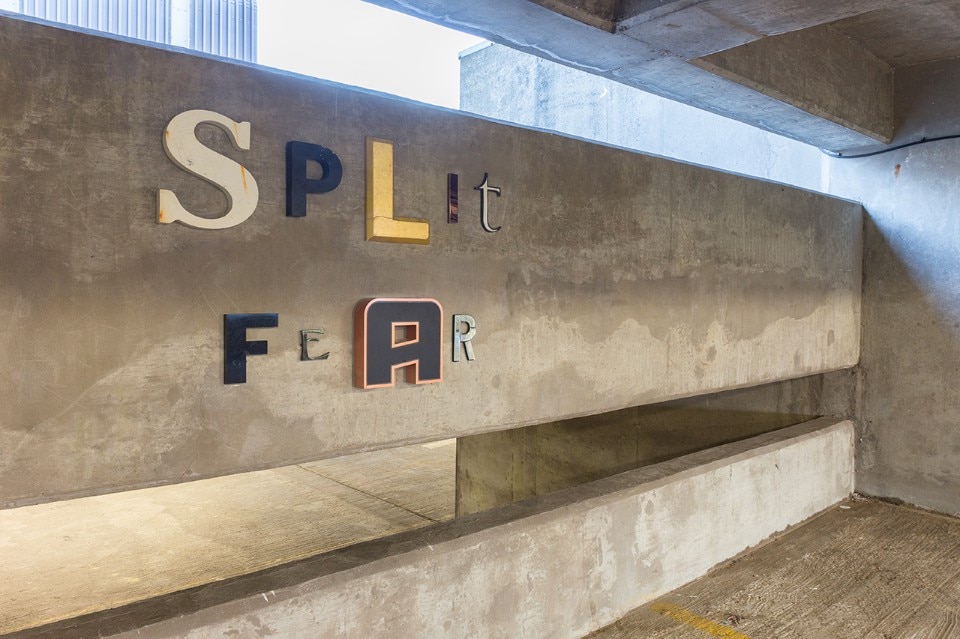
Aspects of Change by AIRBNB Pavilion, Peckham
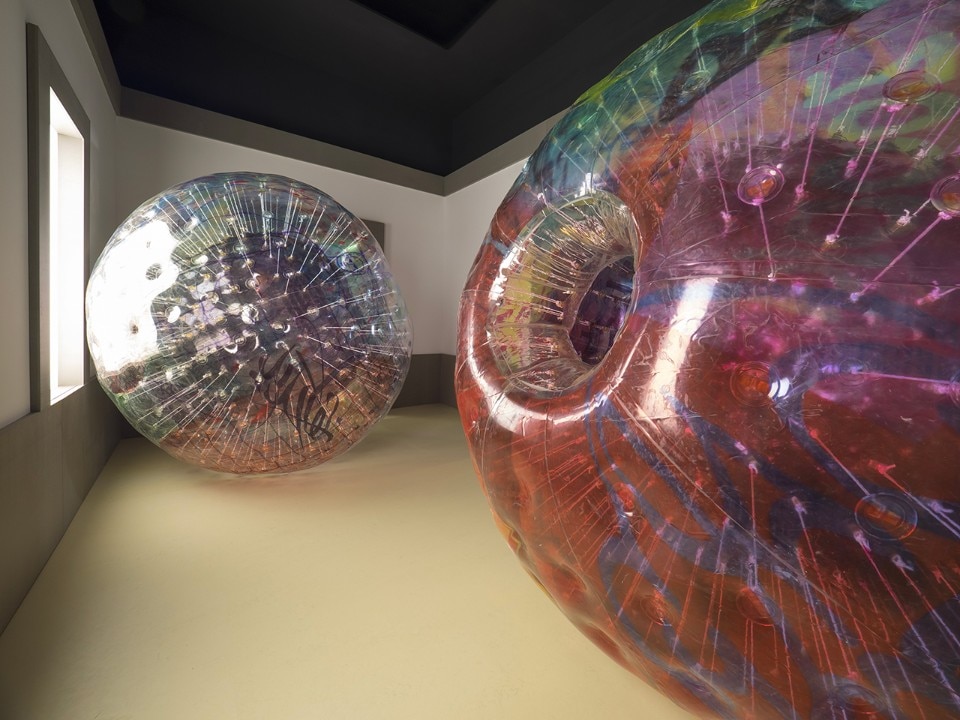
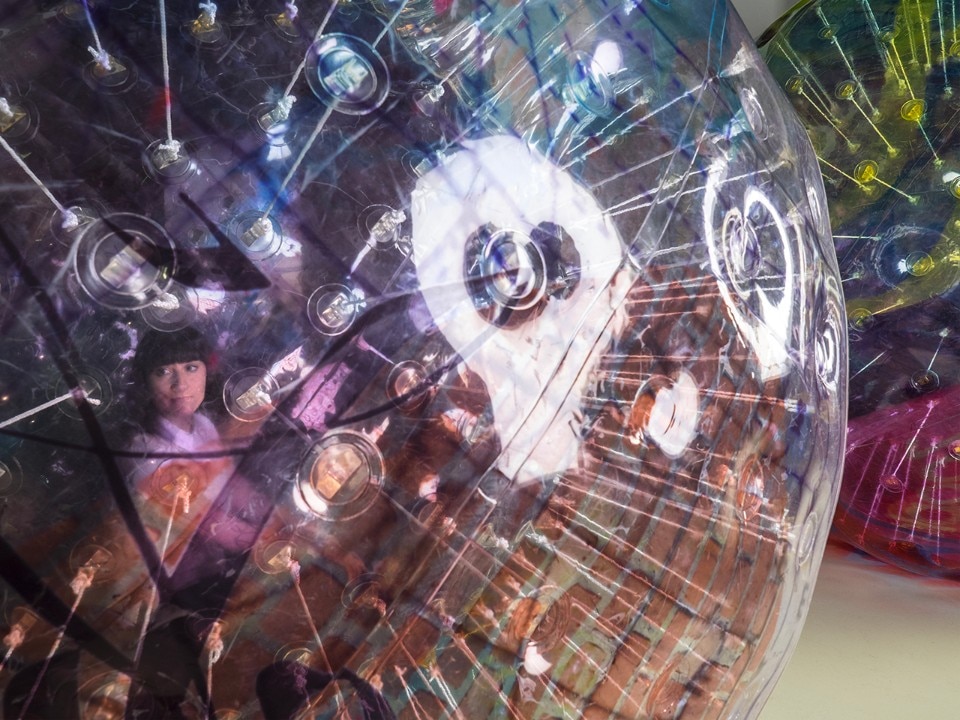
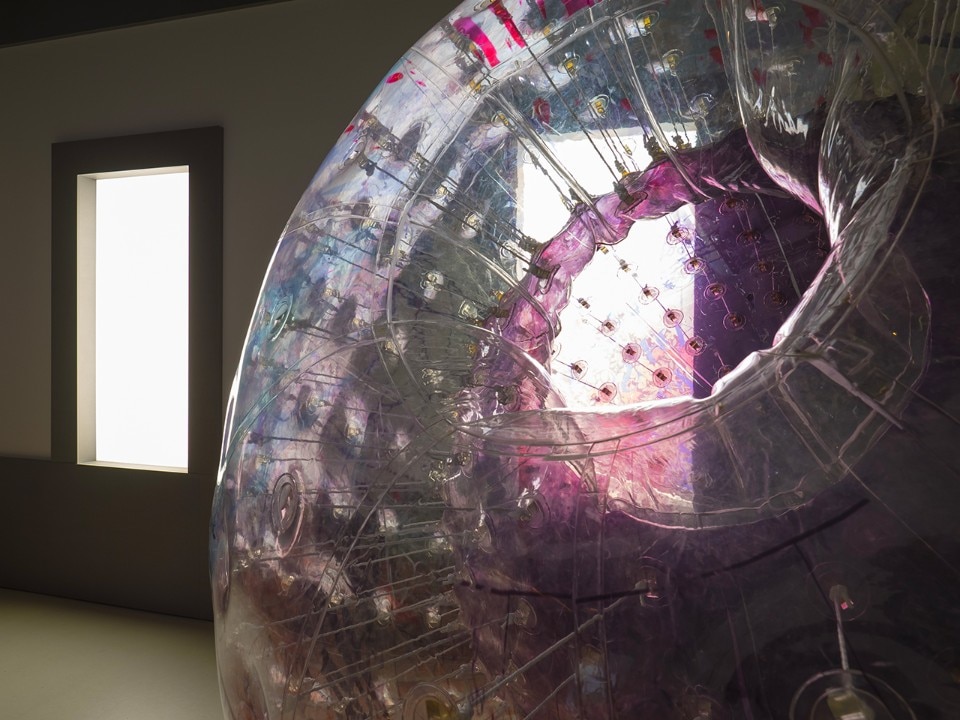
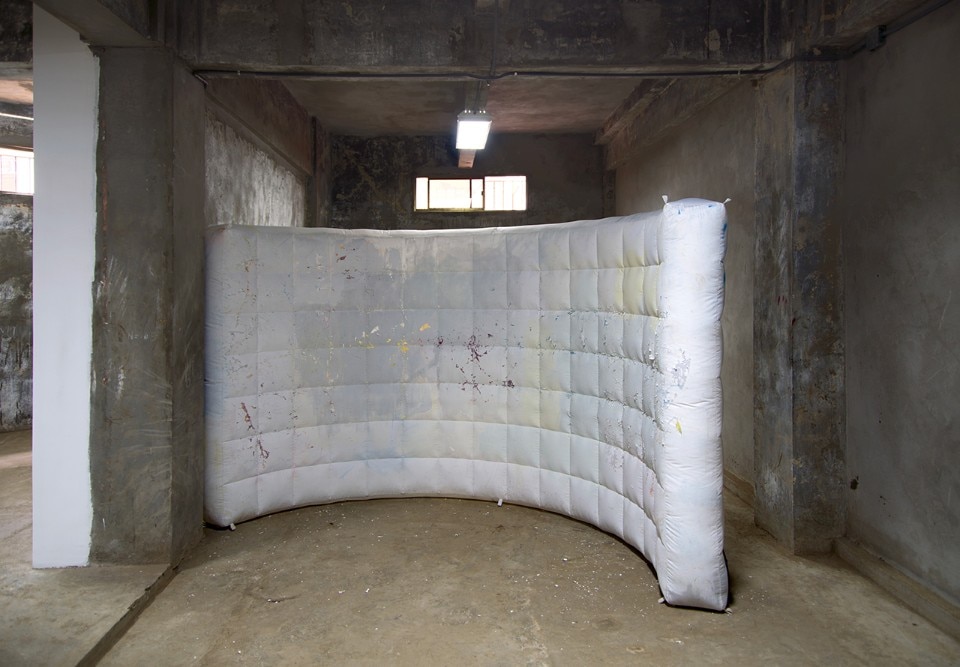
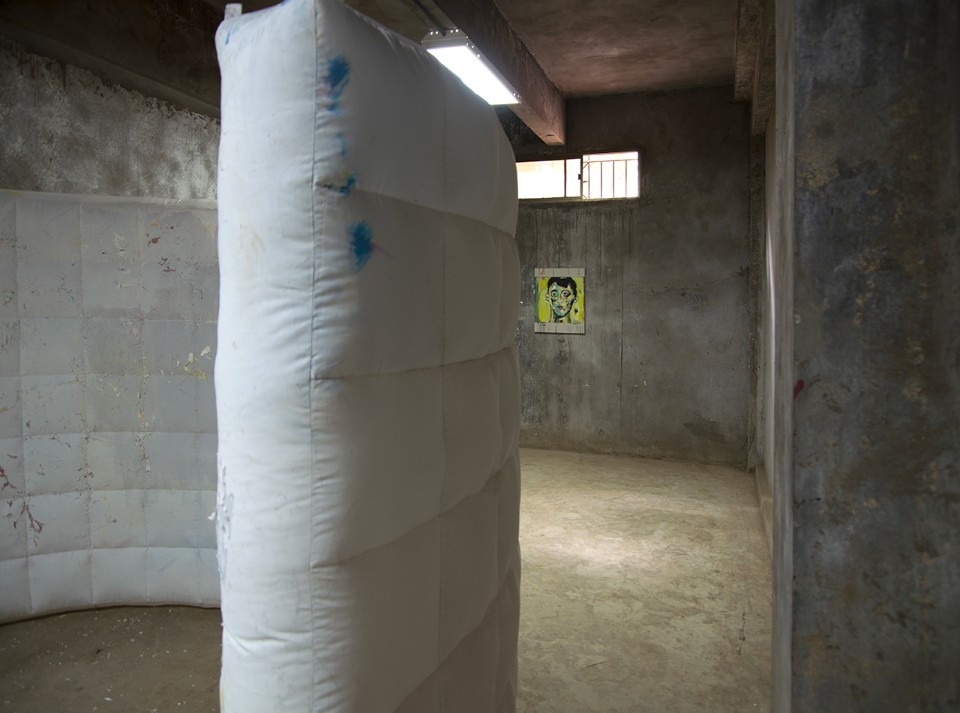
What do you think is the right response to the extreme flexibility of forms of contemporary living?
A.B. At the 2016 Architecture Biennale, one of our installations in the English Pavilion sought to take stock of the failed promises of adaptive and temporary architecture. An architectural project has the duty to question the status quo, not just to accept it and try to make it more comfortable, greener or more beautiful. I’m thinking in particular of all the projects that envisage living in smaller, less comfortable spaces by favouring flexibility and precariousness. The idea of the exhibition “Home Economics” and our Orbs was to spatialise the experience of virtual reality, so stressing that flexibility is allowed us by the fact that a large part of our identity and sense of belonging – essential qualities of domesticity – are experienced and implemented on digital platforms.
F.B. Orbs also has to be understood in the logic of an exhibition that proposed to stage “models”, when we were actually interested in the dynamics inherent in inhabiting the exhibition space itself. Not in the exhibition as an illustration of a project or representation of something external to it.
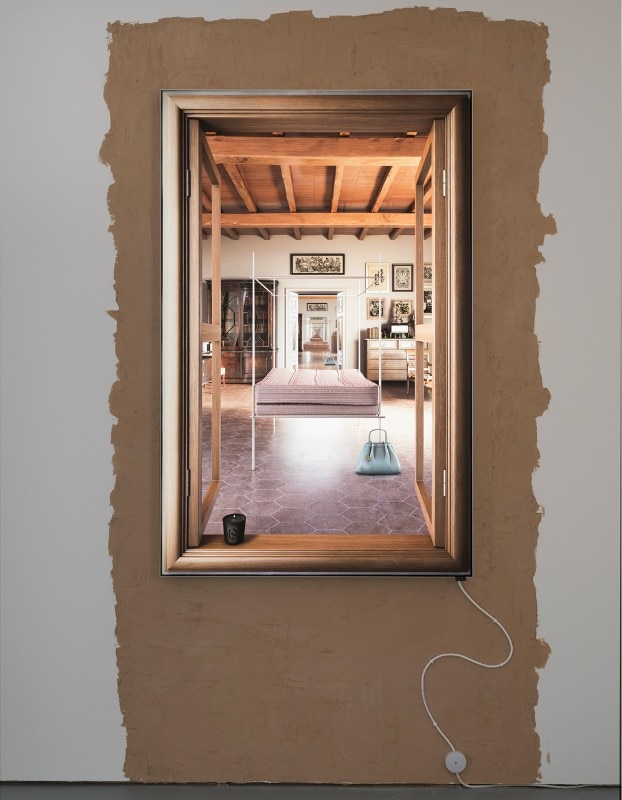
 View gallery
View gallery
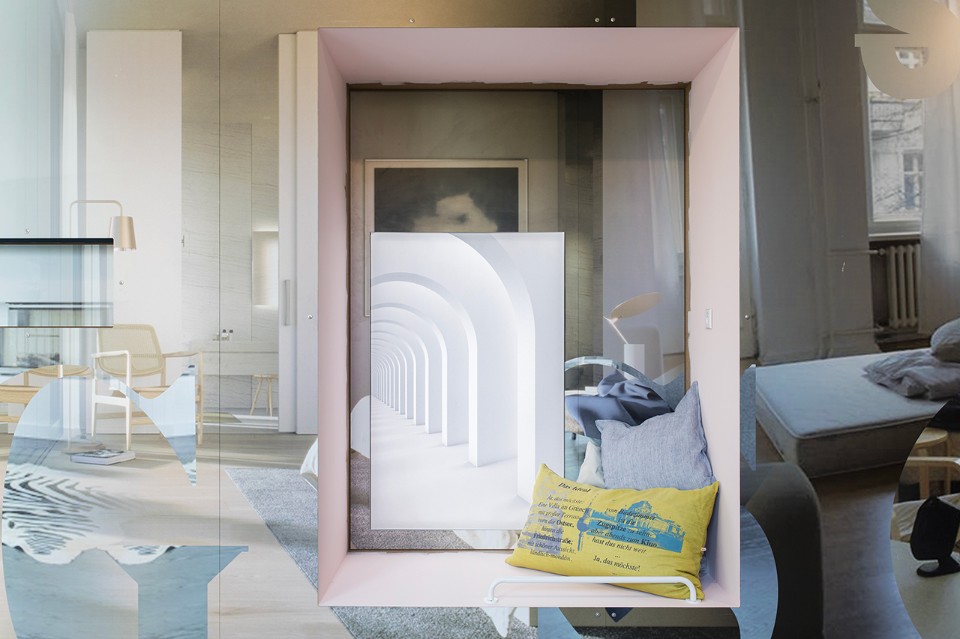
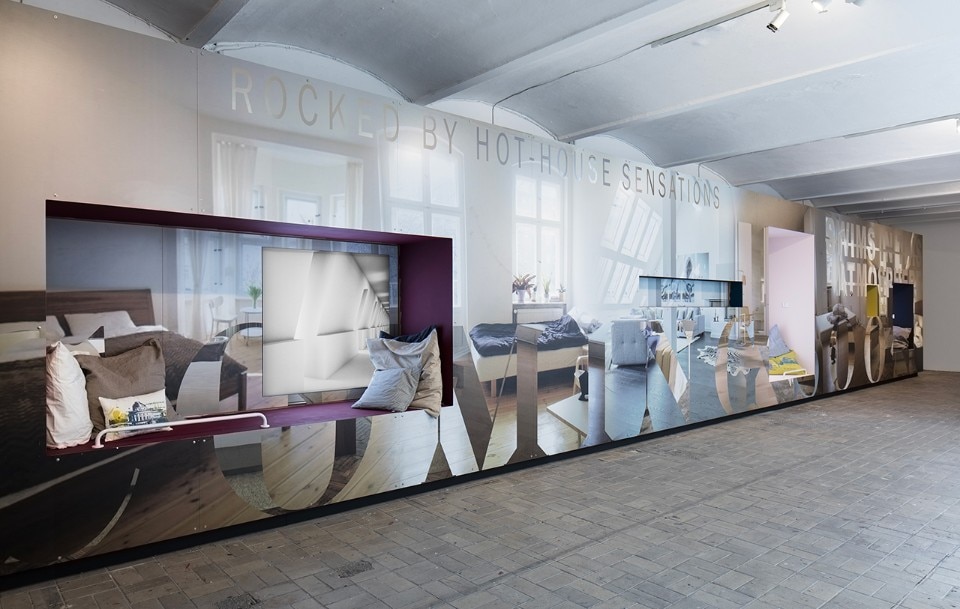
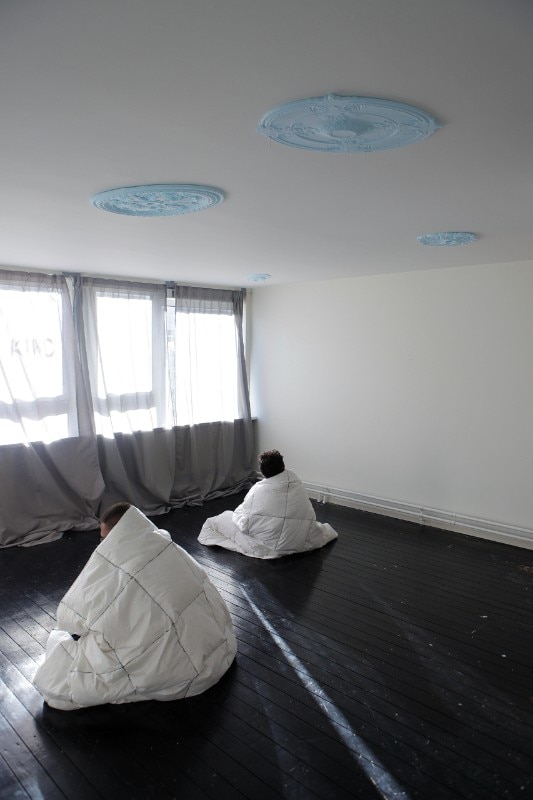
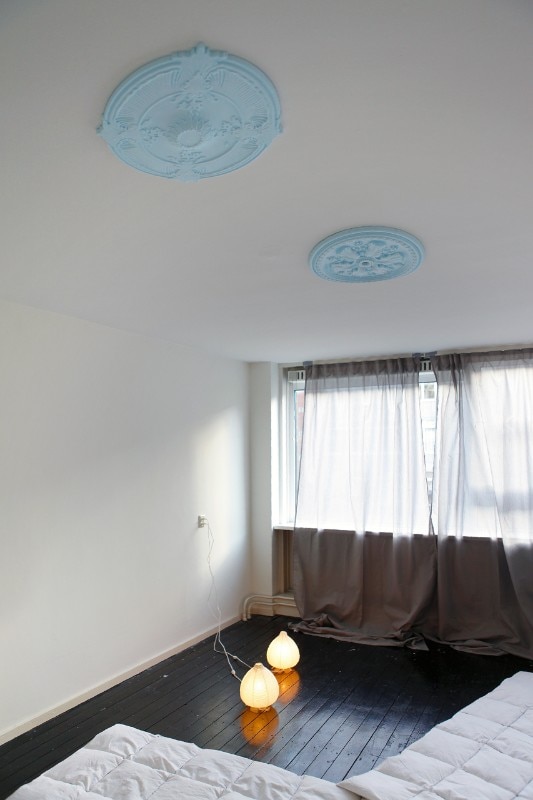
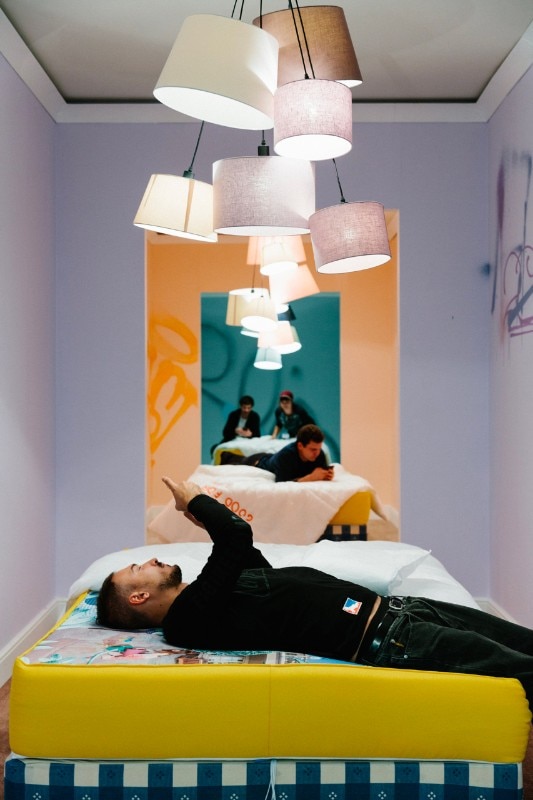
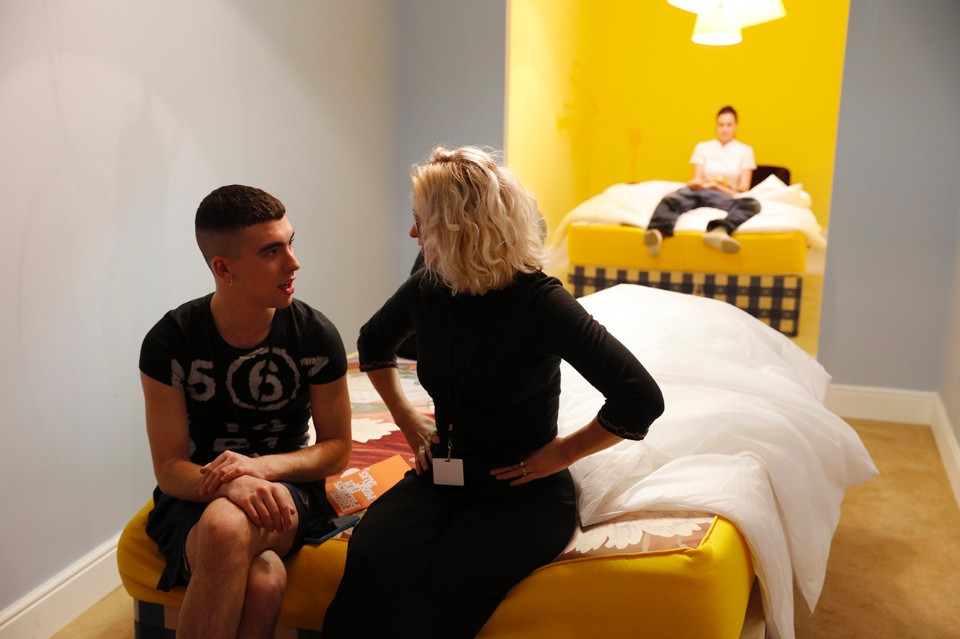
Your work has become increasingly personal and critical of the changing domestic landscape and its effects on everyday life. At Newcomers you even describe your works as dark and violent. What’s changing?
F.B. I don’t think we can say it’s got harsher. Our work has always depended heavily on the physical and social settings we work in. The Newcomers series follows a project we developed out of Bold Tendencies in Peckham, a London suburb now being regenerated-gentrified by intense building speculation and the new interest in it by the city's creative industry (artists, gallerists, etc.). This is a tragic condition for local communities and our work wanted to embody this tragedy, and all the more so because, as creatives, we’re directly involved in these processes. The works are renderings of interiors, developed with a professional designer who works for a real-estate agency in London. They express aspirations and new opportunities and are printed life-size as big trompe l'oeil images.
In your writings you often describe a “smart individual” connected via various networks to online platforms. How far is this autobiographical?
F.B. åyr is an almost entirely autobiographical project, even if it’s hard to speak of biography when you work in a collective. But in our texts it’s slightly different. In the ones focusing on the technologies you mentioned, we always try to grasp a latent subjectivity inherent in each of these technologies. For example, in a text published recently in the Harvard Design Magazine, we focused on so-called smart technologies, analysing their role in the domestic economy and more specifically in articulating relations between the members of a given model of nuclear family. We tried to approach them in the same way as in the past figures like the architect Margarete Schütte-Lihotzky or the theorist Robin Evans dealt with the kitchen or the corridor, as effective technologies in defining a social model. But none of us feels represented by this model, or aspires to be in the future.
This interview is part of “Superdomestico. A Dialogue on the New Obsession with Domesticity”, a research project by the casatibuonsante architects’ office and a cycle of lectures promoted and hosted by Ostello Bello, in Milan. Its aim is to analyse the domestic environment and its changes in relation to mechanisms linked to the contemporary economic system.


